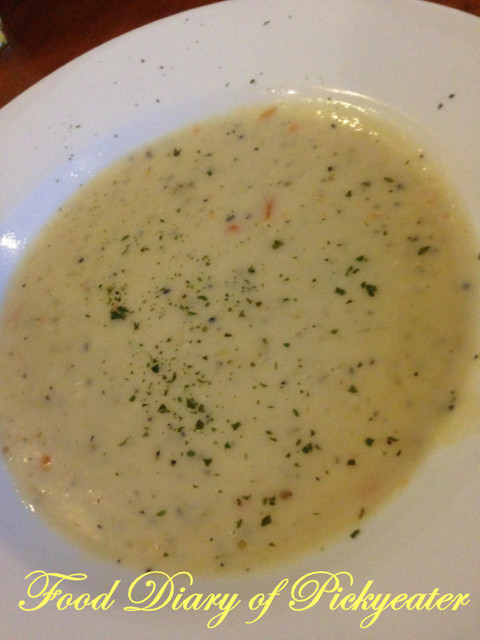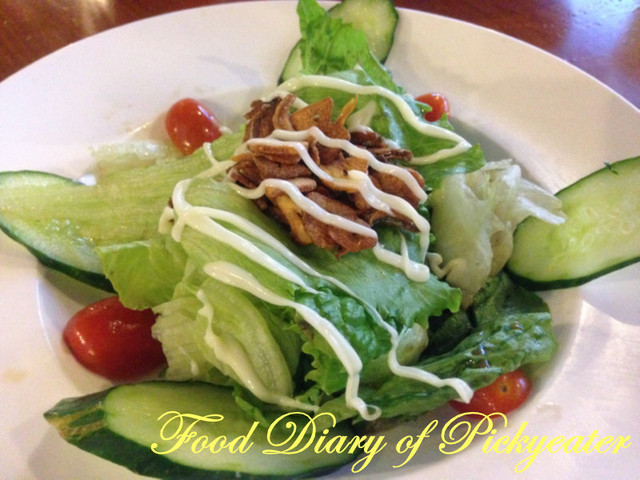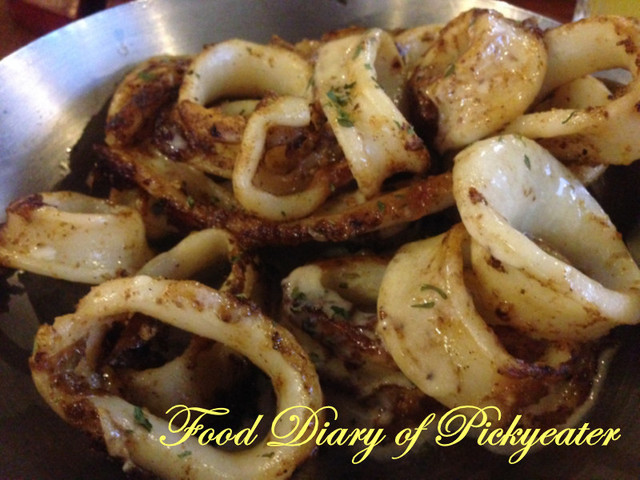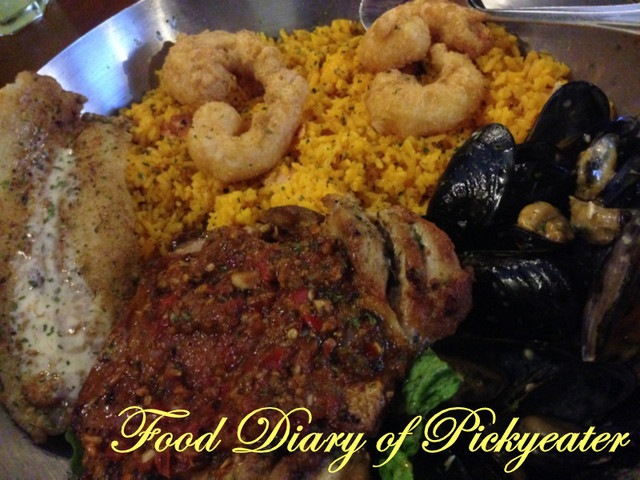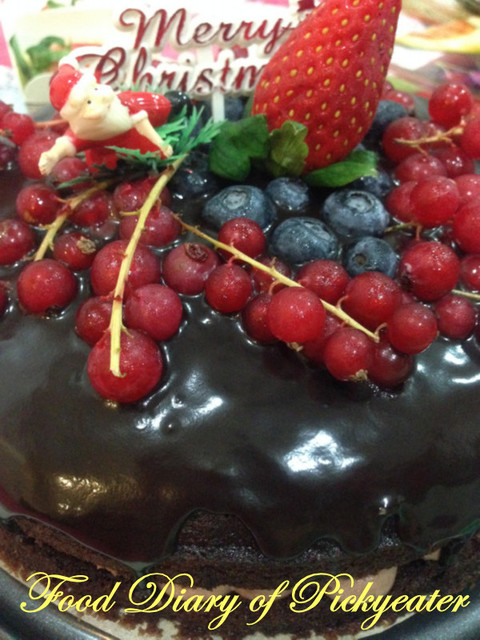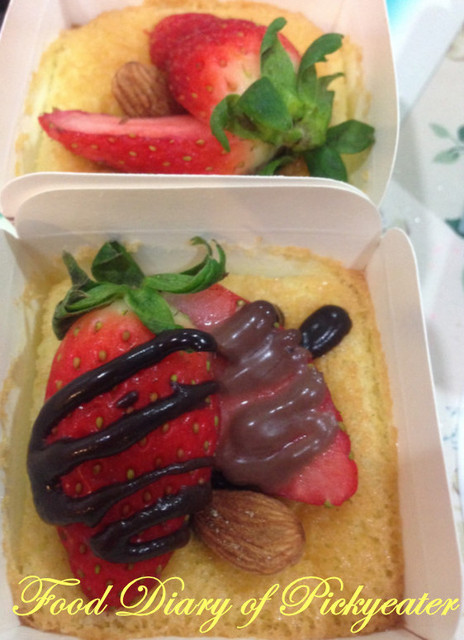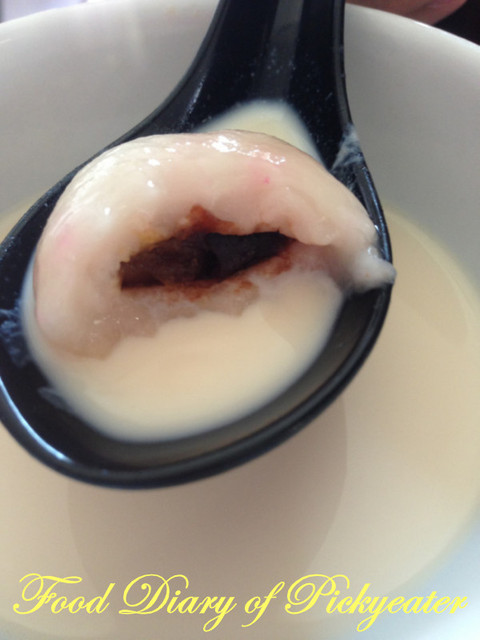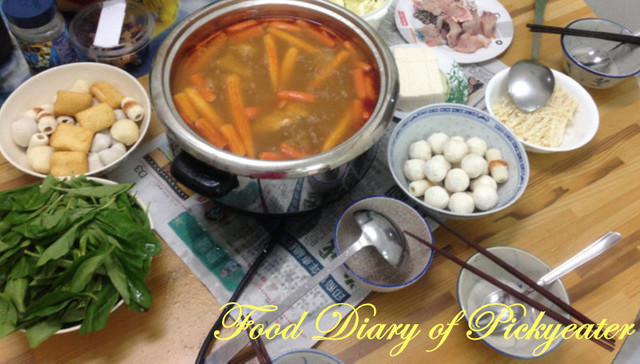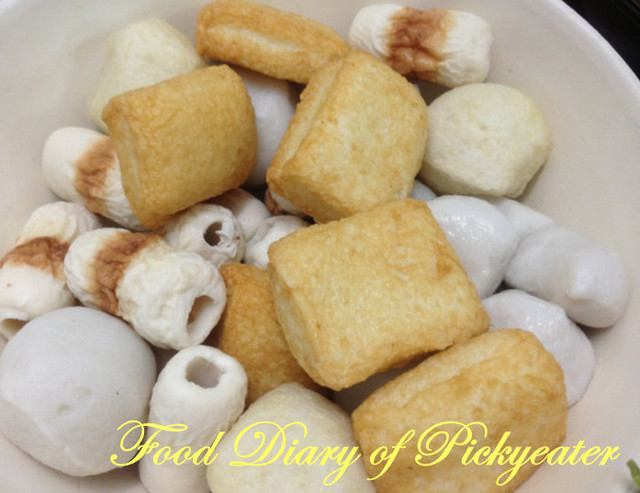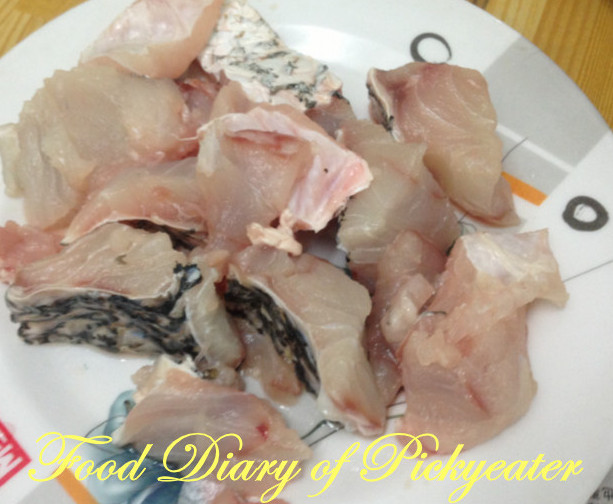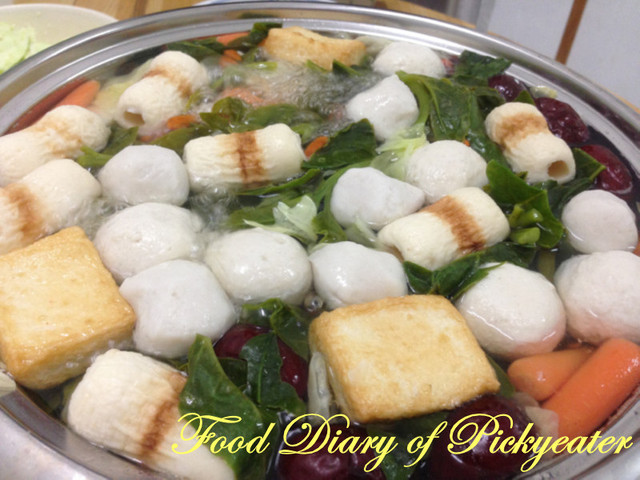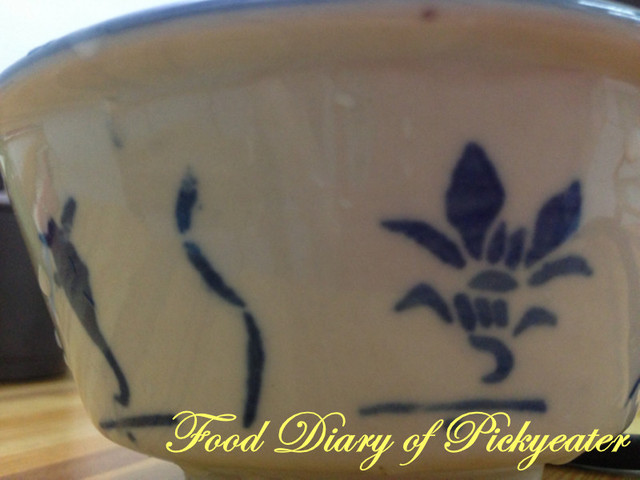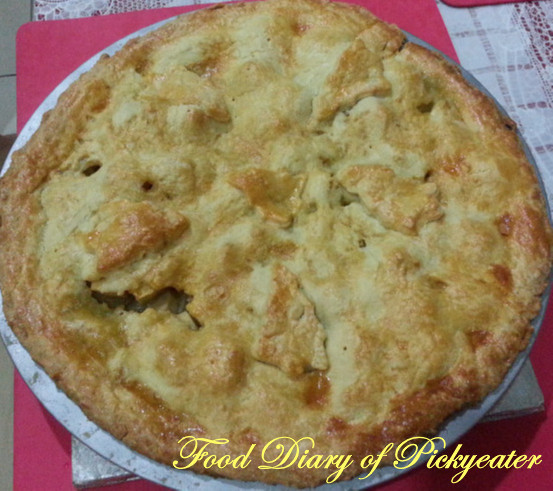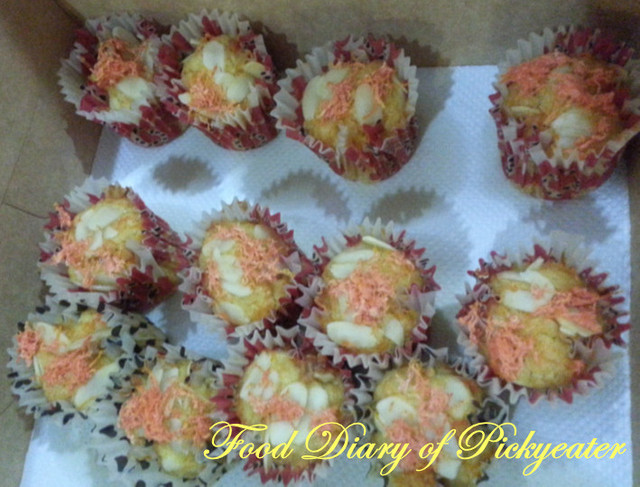Like all other festive occasions, food always play the most important role in bringing everyone together and Christmas is definitely no exception; with its glorious theme and flamboyant style in the scale of the celebration in welcoming the birth of our Saviour; Jesus Christ the Lord.
While Christmas's origins are deeply rooted in the faith of Christianity, it is a delight to see the world joining in as Christians rejoiced in the joyous occasion. Though the rest of the world (non-Christians) may not be celebrating it for the religious reason, it is still enlightening to see the ripple effect stemming from a meaningful occasion.
Parties, gatherings were all held, and it is amazing to see how overwhelming the celebrations are all over the world (and on the streets of their cities).
It is a fun time for people to gather their friends for a night of fun, followed by feasts and laughter.
Christians however, set up this merry environment in their homes and churches (the house of God), and it is a time for families to gather and enjoy their time together, to rejoice in the birth of the baby Jesus.
Church masses/services are celebrated, the choirs will sing with joy to the carols, and Christians will all pray for their loved ones (including the deceased), dressed in their best attires and wearing smiles as wishes of "Merry Christmas" and "Blessed Christmas" are uttered to their families and friends.
Then it is time for the celebrations to begin; and there are variations in the types of food which Christians worldwide serve and enjoy during this jubilant festivity.
It would be a long list to go through, but I have compiled a comprehensive list of the most common, popular or better known to our local culture.
(Actually, these are the main dishes/food found in most of the Christmas celebrations worldwide).
1. Roast Chicken/Turkey/Goose
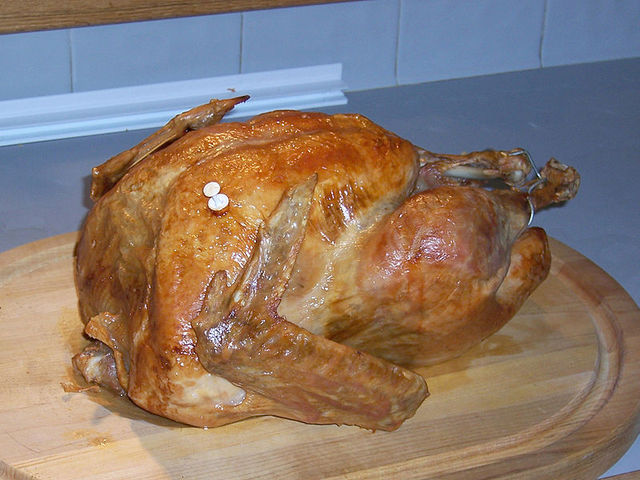 Photo from Wikipedia
History:
Photo from Wikipedia
History:
There is not much history really, but turkey was one of the biggest misconception for Christmas as it was considered the main dish for Thanksgiving. As there are many parts around the world which did not celebrate Thanksgiving the same way as the States, the roast turkey quickly became one of the celebratory food they adopted from the festival.
It would also be interesting to note that the festivities of Christmas started from the British where goose was the main highlight of a Christmas meal. Pork ribs were much favoured and considered a festive food in the Northern part of America. It was only in 16th century when America was discovered and they found a rather generous population of turkeys (referred to as wild and large-breasted birds) on the land, which they later shipped back to Britain. King Henry VIII was the first to enjoy the turkey for Christmas, and then it was phenomenal as the British started consuming turkey, and as it was in abundance, they could enjoy turkey meat throughout the year.
Culture/Tradition:
Goose was more commonly associated with the celebrations of Christmas, and turkeys were more sought after in other parts of the world such as Asia. Roast chicken was also served in Asia, and particularly popular in Japan.
2. Fruit Cake/Stollen
I decided to categorize these two cakes together as I find them similar although they hail from slightly different origins; with the fruit cake originating from Rome while the stollen, from Germany, but the main connection was to Rome; in some way...
 Traditional fruit cake made with rum
History:
Traditional fruit cake made with rum
History:
The fruit cake has an early start with a recipe from ancient Rome which listed sweet ingredients such as raisins, pomegranate seeds, pine nuts where it evolved to include more sweet and preserved fruits. This cake quickly spread its flavors throughout the continent of Europe, with varying versions appearing in the different countries - modified according to suit the respective culture. As it happens, the story of the Stollen too coincide with this fruit cake with the forbidden use of Butter and the "Butter Letter" - please scroll to read the story of the Stollen as below. (Stollen is a variant of the fruit cake in Germany)
Culture/Tradition:
The traditional fruit cake would be made with sweet ingredients such as preserved/candied fruits, raisins, butter, nuts and in some countries, they would soak the ingredients in rum to create a deep and rich flavor.
Some would even add an additional layer of icing atop the cake. As the cake is naturally sweet (with its whole lot and long list of sweet ingredients) and discovery of how sugar could preserve fruits in the form of candied fruits in the early 16th century with sugar from the American colonies, the oversupply of candied fruits helped to increase the production of fruit cakes and making it a popular cake for celebration.
Fruit cakes, are favorite cakes for weddings and Christmas due to its sweet nature.
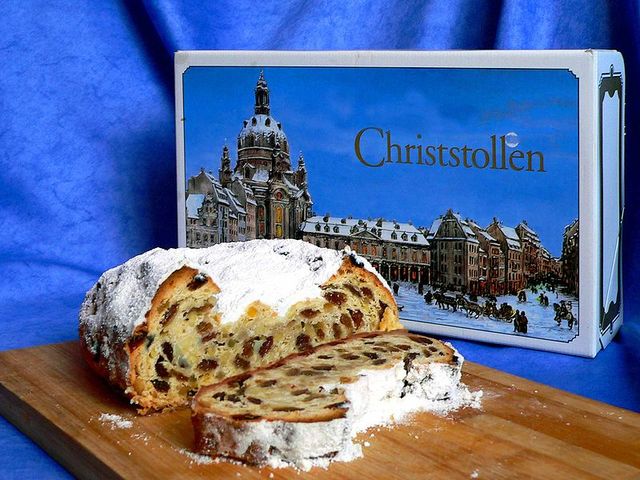 Another variation is the German version of Stollen
History:
Another variation is the German version of Stollen
History:
It is interesting as this was originally a tasteless bread made only of flour, oats and water as a pastry for Christmas. Due to the baking and preparations taking place during the Advent season (the season of abstinence and reflection for Christians before Christmas), the bakers were not allowed to taste their own baking and butter was not allowed at all. It was all in adherence to their fasting period. While many appeals took place; led by Prince Elector Ernst and his brother, Duke Albrecht in Germany, where letters were sent to the Pope but was rejected. The first Pope who denied their request was Pope Nicholas V, in 1450 and it took a long wait of five popes and four decades before Pope Innocent VIII finally granted permission to only Prince Elector's family and household in a letter, famously known as the "Butter Letter" in the year 1490.
The rest of the country were allowed to used butter but with the condition of having to pay a fine and it was finally removed when Saxony became a Protestant.
This pastry evolved to become a sweet pastry filled with sweet ingredients (perhaps due to the lack of taste in its earlier days?)
Source:
Stollen on Wiki
Culture/Tradition:
It is commonly served in German households during Christmas time; not surprising since it originated from its long battle then. It is also known as
Weihnachtsstollen or Christstollen (source from Wikipadia)
3. Gingerbread
 Gingerbread man
Gingerbread man
 A stall selling Lebkuchen in Nurnberg, Germany (taken during my trip to Germany)
A stall selling Lebkuchen in Nurnberg, Germany (taken during my trip to Germany)
History:
It started from the preservation of ginger and the term originated from a Latin term 'zingiber' and an old French connotation of gingebras. This sweet bread which comes in both soft and hard version, went all the way back to as early as the year 992! (somehow it seemed very long ago to have a year with only three digits), where an Armenian monk brought it to Europe and taught the recipe of making the gingerbread to the French priests and the Christian followers in Bondaroy in France where he stayed for 7 years. Its origins rooted deep to the preservation of ginger soon brought about its benefits and it was not long before it was used for medicinal purposes by the Swedish nuns when the gingerbread was introduced by the Germans during their immigration in the early 13th century. As the popularity of gingerbread grew, one of its earliest records of making it to the market was in the 17th century when it was widely sold in monasteries and markets.
Culture/Tradition:
There are different versions of the gingerbread; some in the form of cookies or some in a softer form.
In Germany, they are popularly known as Lebkuchen or Pfefferkuchen (pepper bread) and can be found in their Christmas markets. Most of the shapes of the gingerbread are found to be that of the gingerbread man (perhaps popularized by the children's story of the Gingerbread Man?)
They were presented by Queen Elizabeth I to her foreign dignitaries guests where they first made their appearances. The gingerbread is more commonly found in the western countries, although in recent years, we are starting to see it making its way to our local supermarket shelves.
4. Mince Pie/Minced Pie
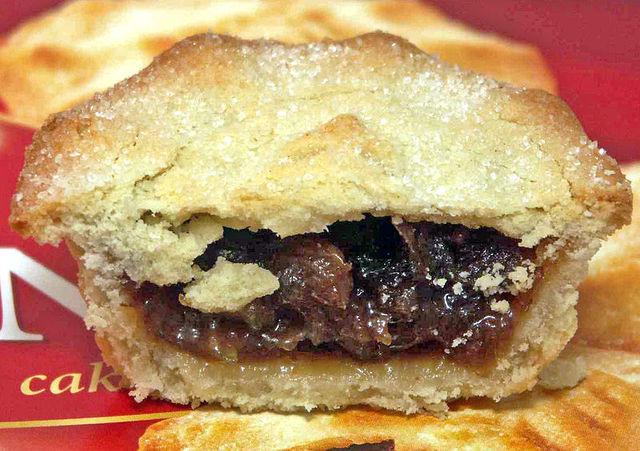 Photo from Wikipedia
Photo from Wikipedia
History:
This was introduced in the early 13th century and was first adopted by the British using the recipes brought back from the European troops from the Middle East. Most of these recipes focused on the ingredients of fruits, meat and spices and the minced pie became a type of sweet mix of fruit and meat in a pie.
Served during Christmas, it was also fondly known as a Christmas pie alongside its other names (mutton/shrid pie). Its association with Christmas and the Catholic church displeased the Puritan authorities during the English Civil War. However, this did not stop the mince pie's popularity through the Victorian era and until this very day where it is still regarded as a savoury treat though its shape has taken on the ages of evolution from its beginning.
Culture/Tradition:
Commonly found as a Christmas dish, and maybe occasionally throughout the year in the United Kingdom. It can also be found in our local bakeries but it is more of a seasonal item and not as popular during Christmas.
5. Christmas cake (Yule Log)

There is not really a history to it; just a simple tradition of having something sweet and celebratory.
The original culture was to have the fruit cake which is the Christmas cake; but there is no stopping to an additional cake for dessert and for the festivities.
To commemorate the festive mood, the Christmas cake is often referred to one that is shaped like a yule log. No hard fixed rule; any cake will do - it is a preference thing :-)
6. Christmas Pudding/Plum Pudding
History:
A type of sweet pudding starting from Medieval England, with dried fruits as its main ingredients and egg and suet to hold the cake as a whole. There is no actual plum in this; although it is also commonly known as Plum pudding as the Victorians often refer to raisins as plums. There was a custom then that relates to Christianity as this pudding was meant to be made on the 25th Sunday after Trinity. Ingredients included in the making should be a count of 13 to signify Jesus Christ and his 12 apostles.
The process of making the pudding should also be a family affair, as each family member takes turn in stirring the mix in a direction from east to west as a symbolic commemoration of the journey of Magi in the particular direction. (Refer to the culture/tradition below)
The recipe for this pudding slowly evolved as it took on many forms before finally making it in the Victorian era and was said to originally created as a method to conserve meat in the 1420s. Excessive livestock were slaughtered to compensate for the lack of fodder during the fall season back then and these made it to the pots of boiling cauldron bringing the large amount of meat, vegetables and fruits cooking slowly before served.
Another version states that King George I, in 1714, requested for a Plum pudding to be served for his first royal Christmas feast at that time.
Recipes have since gone through various enhancements and the sweet contents have slowly replaced the meat in the pie; though maintaining the name of mince pie.
Culture/Tradition:
These puddings were usually or supposedly made a month before Christmas.
(Text below taken from
Wikipedia)
Traditionally puddings were made on or immediately after the Sunday "next before Advent", i.e. four to five weeks before Christmas. The collect for that Sunday in the Book of Common Prayer of the Church of England, as it was used from the 16th century (and still is in traditional churches), reads:
- "Stir up, we beseech thee, O Lord, the wills of thy faithful people; that they, plenteously bringing forth the fruit of good works, may by thee be plenteously rewarded; through Jesus Christ our Lord. Amen"
The day became known as "Stir-up Sunday".[8] Traditionally everyone in the household, or at least every child, gave the mixture a stir and made a wish while doing so.
It was common practice to include small silver coins in the pudding mixture, which could be kept by the person whose serving included them.[1] The usual choice was a silverthreepence or a sixpence. The coin was believed to bring wealth in the coming year.
Other tokens are also known to have been included, such as a tiny wishbone (to bring good luck), a silver thimble (for thrift), or an anchor (to symbolise safe harbour).[1]
Once turned out of its basin, decorated with holly, doused in brandy (or occasionally rum), and flamed (or "fired"), the pudding is traditionally brought to the table ceremoniously, and greeted with a round of applause. In 1843, Charles Dickens describes the scene in A Christmas Carol:
"Mrs Cratchit left the room alone -- too nervous to bear witnesses -- to take the pudding up and bring it in... Hallo! A great deal of steam! The pudding was out of the copper which smells like a washing-day. That was the cloth. A smell like an eating-house and a pastrycook's next door to each other, with a laundress's next door to that. That was the pudding. In half a minute Mrs. Cratchit entered -- flushed, but smiling proudly -- with the pudding, like a speckled cannon-ball, so hard and firm, blazing in half of half-a-quarter of ignited brandy, and bedight with Christmas holly stuck into the top."[9]
Interesting Fact:
The pudding can last for a month or a year; and some families would save it for the next feast in Easter.
The list is only a gist of the long list I have but I have selected the most comprehensive and meaningful ones with unique (and quirky) traditions from its beginnings.
Another interesting thing to note is that Christmas was not really celebrated before the 19th century; and there were many stories which could lead to the reasons Christmas has grown in the scale of the celebrations so quickly over the centuries (and it is still growing!)
Source:
BBC
Also, did you notice how each of the food on the list seems to be 'Sweet'?
Ahhhh, like most of the festive food, what is celebration without a little sweet savoury treat?
Just keep the watch on the blood sugar.....(just kidding!)
Are you ready to drool over Christmas feast, I meant, celebration, which is five days away now?
*Excited*
*Sings along to the Christmas carols~*




